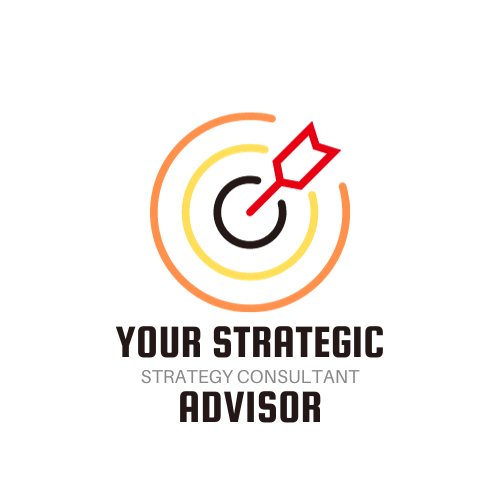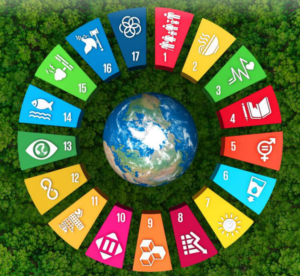The product life cycle refers to the stages a product goes through from its introduction to the market until its eventual decline and discontinuation. Understanding the product life cycle is essential for businesses to make informed decisions regarding product development, marketing, and resource allocation.
Here are the key stages of the product life cycle:
- Introduction: The introduction stage marks the launch of a new product into the market. During this stage, sales are typically low as customers become aware of the product and its benefits. Marketing efforts focus on creating product awareness and generating initial demand. Companies may invest heavily in promotion and advertising to attract early adopters and build a customer base.
- Growth: In the growth stage, the product experiences a rapid increase in sales and market acceptance. As more customers become aware of the product’s value, demand rises, and sales escalate. Competitors may enter the market, and companies focus on expanding their market share. Pricing may stabilize, and profitability improves due to economies of scale. Marketing efforts shift towards brand building, customer loyalty, and expanding distribution channels.
- Maturity: The maturity stage is characterized by a plateau in sales growth. The product has reached widespread market acceptance, and competition intensifies. Sales remain relatively stable, but the rate of growth slows down. Price competition becomes more prevalent, and companies may introduce product variations or line extensions to maintain market share. Marketing efforts focus on differentiation, customer retention, and finding new uses or target markets for the product.
- Decline: The decline stage occurs when sales and profits begin to decline. This decline can result from changing customer preferences, technological advancements, market saturation, or the emergence of superior alternatives. Companies may choose to discontinue the product or reduce investment in marketing and production. However, some businesses may continue to cater to a niche market or explore strategies to extend the product’s life cycle, such as product redesign, cost reduction, or targeting new customer segments.
It’s important to note that the duration of each stage in the product life cycle can vary significantly depending on factors such as industry, competition, product innovation, and market dynamics. Additionally, not all products follow the same life cycle pattern. Some products may experience shorter life cycles due to rapid technological advancements, while others may have longer life cycles due to enduring customer demand or effective product management strategies.
By understanding the product life cycle and accurately identifying the stage a product is in, businesses can make informed decisions regarding pricing, marketing, product improvements, and resource allocation. This knowledge enables them to maximize opportunities during the growth stage, effectively manage the maturity stage, and make informed decisions regarding the decline stage.




